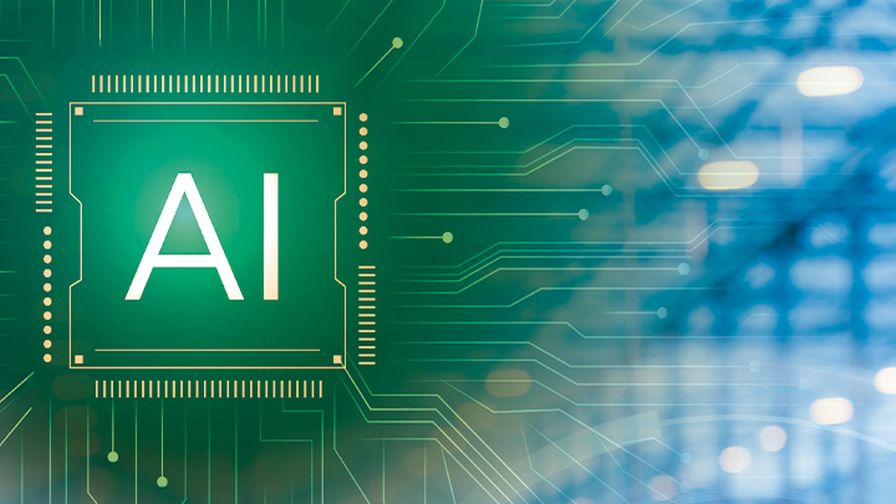
AI for greenhouse control | Adaviv
How will artificial intelligence (AI) affect the greenhouse industry? Currently, AI is disrupting many industries worldwide, so it’s a fair question to ask regarding its impact on controlled environment agriculture (CEA) operations. In a recent e-Gro edible alert, the trio of Koidra CEO Kenneth Tran, Extension Specialist A.J. Both of Rutgers University, and Dr. Chieri Kubota of The Ohio State University examine the problems and possibilities of AI’s influence on greenhouse production.
A Short Introduction to Machine Learning in Greenhouses
One possible option for machine learning to take over what was once a tedious and manual process in greenhouses is that of control systems. For example, to maintain a fixed drainage ratio for irrigation, the parameters need to be adjusted based on fluctuating weather patterns. Depending on the location of the operation, this can happen more or less often than in other areas of the country.
However, advancements in machine learning can mirror the steps of human reasoning needed to make these types of adjustments. Creating a predictive model can “optimize climate and irrigation controls based on these parameters to achieve the target drainage ratio.” Pairing a previously untrained model with machine learning, paired with historical data to uncover patterns and understand variables that affect the outcome, can help it more accurately predict said outcome and therefore make needed adjustments.
Essentially, in this case and others, machine learning “mirrors the way humans reason, detect patterns, and make decisions.”
What Role Do Humans Play in Increased AI Integration?
Both humans and machine learning applications have strengths and weaknesses to consider and pairing both with one another can help to supplement the limitations of the other.
Humans excel at understanding the logic behind a given work or construct, which AI often struggles with. Despite the ability to sort through vast amounts of data, machine learning techniques have difficulty deriving motivation, which can be crucial in understanding the purpose of a creation and identifying the intended audience and message.
Therefore, “the most effective AI solutions unify the power of ML with human knowledge to enhance decision-making processes.” This approach should be aimed not toward the replacement of human knowledge and creativity with AI but at its assistance with the completion of repetitive tasks (i.e. busy work).
4 Challenges to Autonomous Growing with AI
Optimizing plant growth conditions and practices by combining the expertise and insight of human growers with the power and proficiency of AI can theoretically solve many (though not all) problems in greenhouse management. However, creating a system of equilibrium between the two, where AI and its machine learning solutions work as needed and expected, can be a challenge in and of itself. So, what needs to be done?
1. Legacy System Integration
Most modern control systems, as well as many suitable though dated systems still in operation, were not designed to work in tandem with AI. Integrating these systems to maintain functionality while also letting AI models access needed information to make predictions and adjustments is crucial.
2. Data Loss Management
Data can occur “due to loss of power, sensor failures, network issues, or other technical problems.” So, how would an AI-driven greenhouse system react to such an issue? A robust control system is needed to detect and compensate for missing data in the event of a loss so that any AI elements of the operation can still work effectively and accurately.
3. Decision Monitoring
Human investigation and monitoring of an AI’s decisions need to take place to ensure that it’s working as intended. Growers and operations should take stock of the decisions taken by AI technologies and their impact on the operation, and adjust the model and program accordingly.
4. Data Safety
AI technology is powerful, but also can be unreliable and must be kept in check. To ensure the safety of an operation, failsafes should be put in place to ensure that an AI-driven system does not take any actions that can lead to plant harm, both in the course of normal operations and in the event of technical failures.
For more information regarding the potential pros and cons of AI integration into greenhouse and other CEA operations, please read the full e-Gro (Electronic Grower Resources Online) alert “A Primer of Artificial Intelligence for Greenhouse Control.” Additional and current e-Gro edible alert pieces from Volume 9 can be found online.

